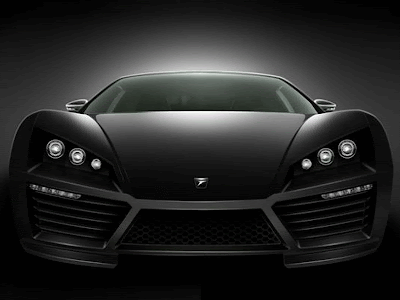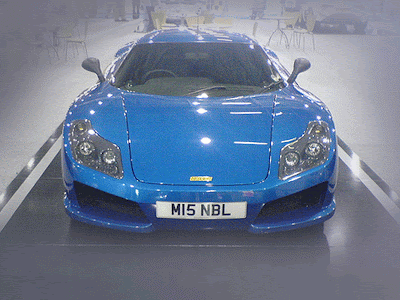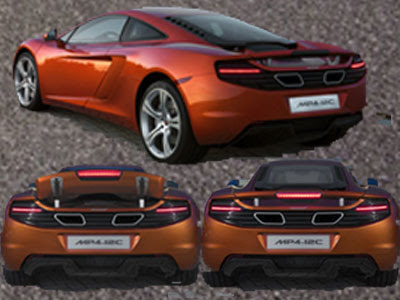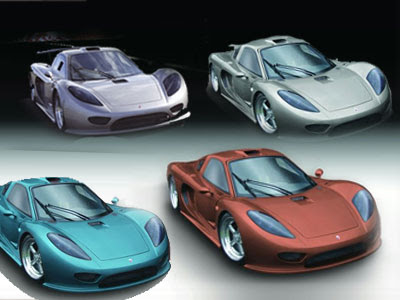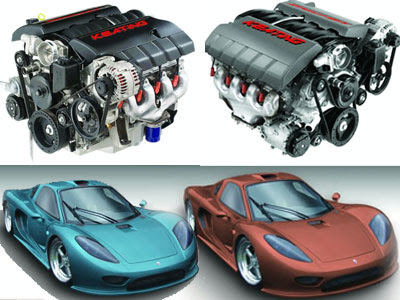The Greeta Hulme CanAm Supercar is an ultra high-performance, mid engined roadster. Created for both road and track use, the car blends the raw flavour and appeal of a Formula racing car with dramatic design, superb craftsmanship, exceptional performance and a thrilling and achievable driving experience.

2012 Hulme CanAm Supercar - Hulme Sports Cars
The Hulme CanAm a limited run of just 20 New Zealanddesigned and built Hulme CanAm supercars ensures extreme rarity value. The developers of the eagerly awaited 200+mph Hulme CanAm supercar, named in honour of NEw Zealand racing legend and F1 World Champion, Denny Hulme have announced an attractive proposition for those wishing to purchase an option to order one of an extremely limited production run.

Named after the 1967 F1 World Champion, Denny Hulme from New Zealand, the road-legal Hulme CanAm features an ultra-lightweight carbon composite tub and bodywork, and race-orientated chassis, suspension and braking. The supercar tips the scales at 980kg / 2,160 lbs.

Power comes from a mid-mounted 7.0-litre (427cu.in) Chevrolet LS7 V8 developing 600bhp and 600Nm torque, fed through a close-ratio, six-speed CIMA manual gearbox (paddles or sequential shift are optionally available). The Kiwi-maker promises a sub-three and a half second sprint to 100km/h (62mph), and top speed in excess of 322km/h (200mph+).

Production of the CanAm won't start until the fall of 2011 and Hulme will hold a private showing and test drive sometime before the 2011 Goodwood Festival of Speed. According to the company, all 20 customer cars will be coach-built and equipped to customer order, with delivery commencing in the UK in Autumn of 2011 and into 2012.

A limited run of just 20 New Zealand-designed and built Hulme CanAm supercars ensures extreme rarity value. The developers of the eagerly-awaited 200+mph Hulme CanAm Supercar, named in honour of New Zealand racing legend and F1 World Champion, Denny Hulme, have announced an attractive proposition for those wishing to purchase an option to order one of an extremely limited production run.

The Auckland based Supercar developer-manufacturer, Hulme Supercars, has launched a package which is designed to guarantee rarity value by offering options to purchase the total production run of just 20 Hulme CanAm supercars, on a first-come, first-served basis.

The only production road car to bear the name of a F1 World Champion, The Hulme CanAm is an ultra high-performance, mid-engined roadster. Created for both road and track use, the car blends the raw flavour and appeal of a Formula racing car with dramatic design, superb craftsmanship, exceptional performance and a thrilling and achievable driving experience.

The developers of the Hulme CanAm have announced plans to produce a limited-run of 20 units of the New Zealand-designed and built supercar, each priced at £295,000 (plus local taxes), equal to US$423,200 and €346,300 at today's exchange rates. The 20 customer cars will be coach-built and equipped to customer order, with delivery commencing in the UK Autumn of 2011 and into 2012, the 20th anniversary of Denny Hulme’s death.

Designed and hand-built by the Hulme Supercars technology team in New Zealand - including members who were responsible for the nation’s America’s Cup triumphs - the road-legal “Hulme CanAm” features an ultra-lightweight carbon composite tub and bodywork, and race-orientated chassis, suspension and braking.

To honour Denny’s “CanAm Championship” wins in McLaren CanAm cars powered by Chevrolet V8’s, the Hulme CanAm is powered by a 7-litre (427cu.in) Chevrolet LS7 V8 developing 600bhp and 600Nm torque, fed through a close-ratio, six-speed CIMA manual gearbox (Paddles or Sequential shift will be options available). As a consequence of its lightweight construction, the Hulme CanAm weighs in at less than 1,000kg. This combination promises a sub-three an a half second sprint to 100kph, and top speed in excess of 200mph.

The purchase price of the Hulme CanAm will be fixed at £295,000, (plus local taxes) on receipt of an order, including delivery worldwide. To purchase one of only 20 options available please e-mail Jock Freemantle at jock.f@hulmesupercars.com or write to Hulme Supercars Limited, P.O.Box 97853, Manukau City 2241, Manukau, New Zealand.














